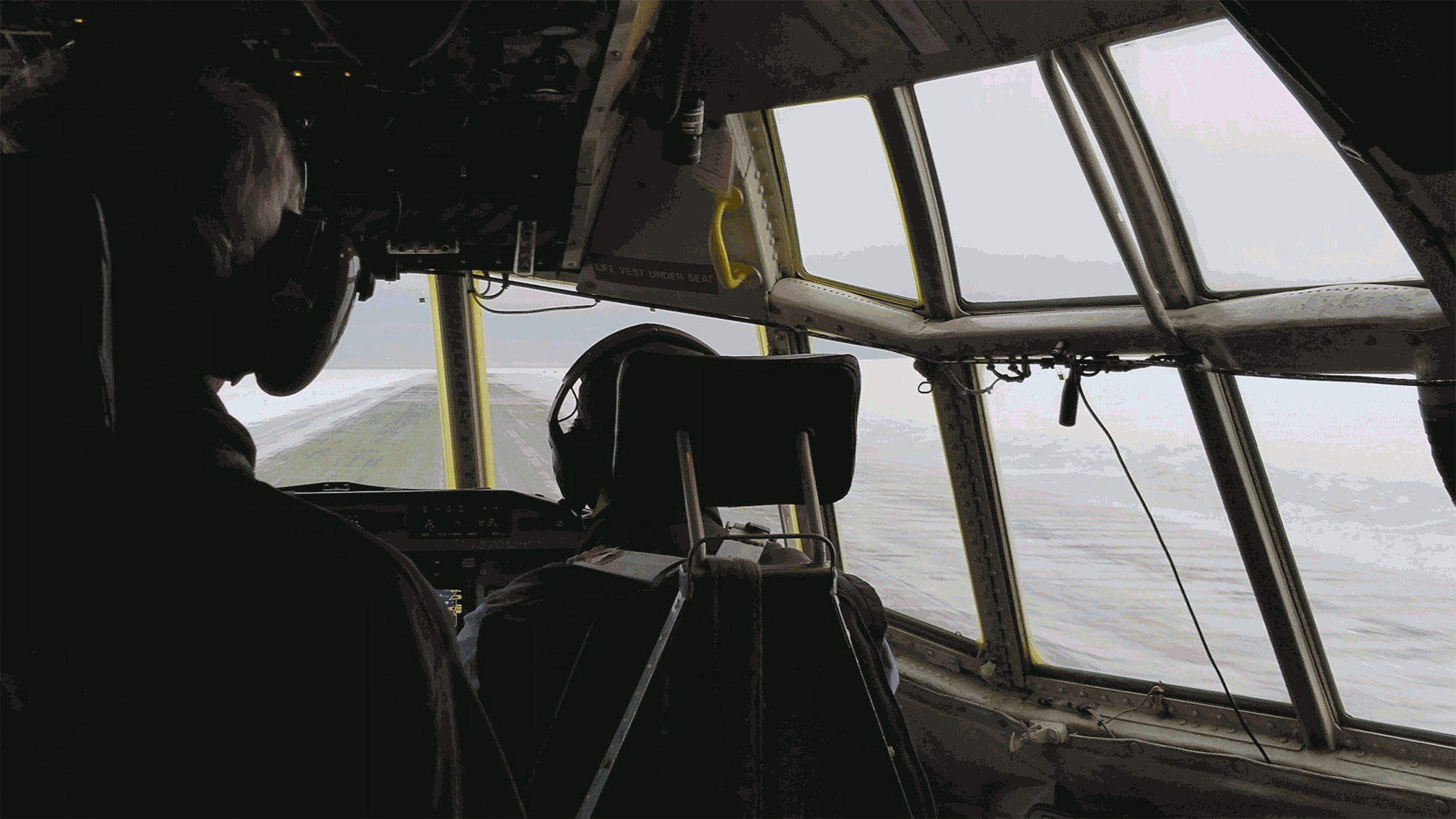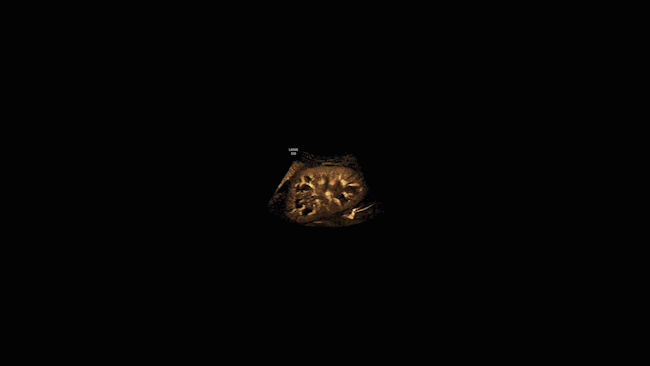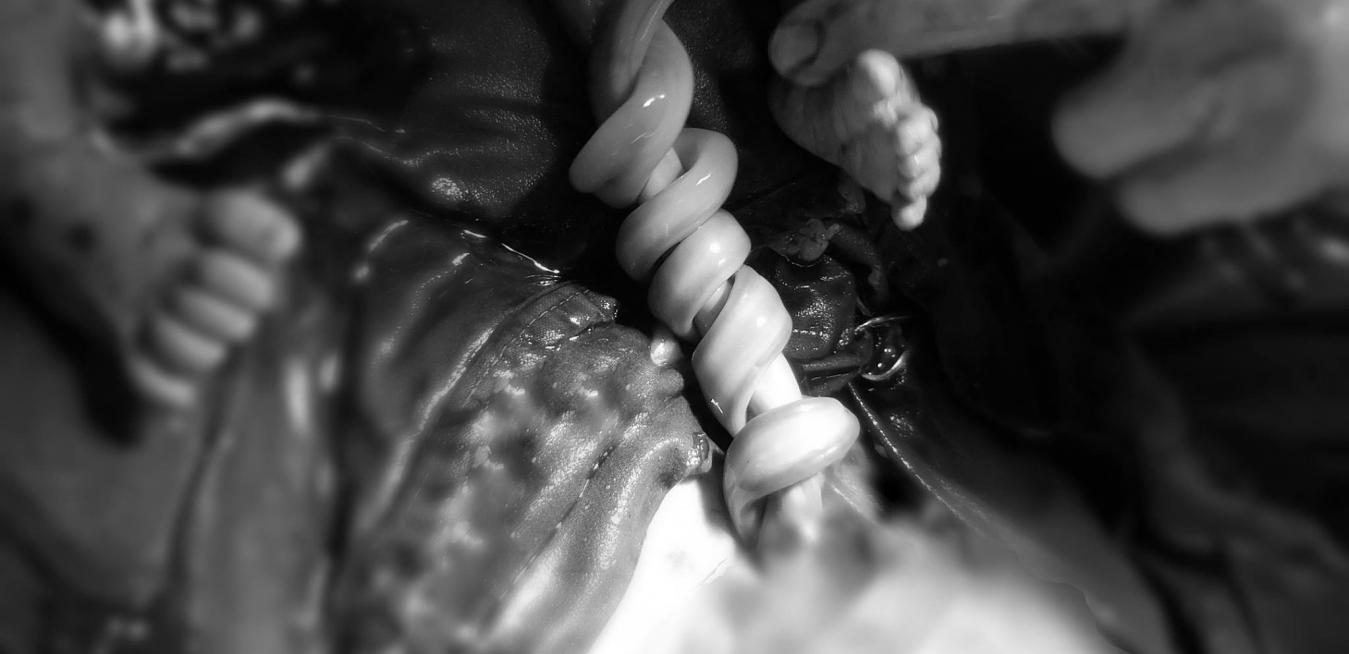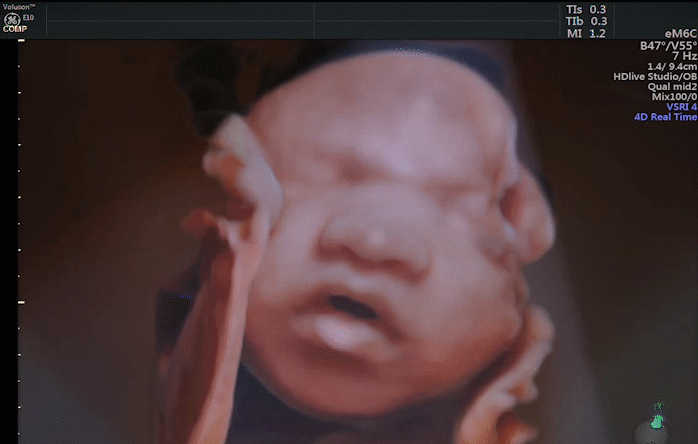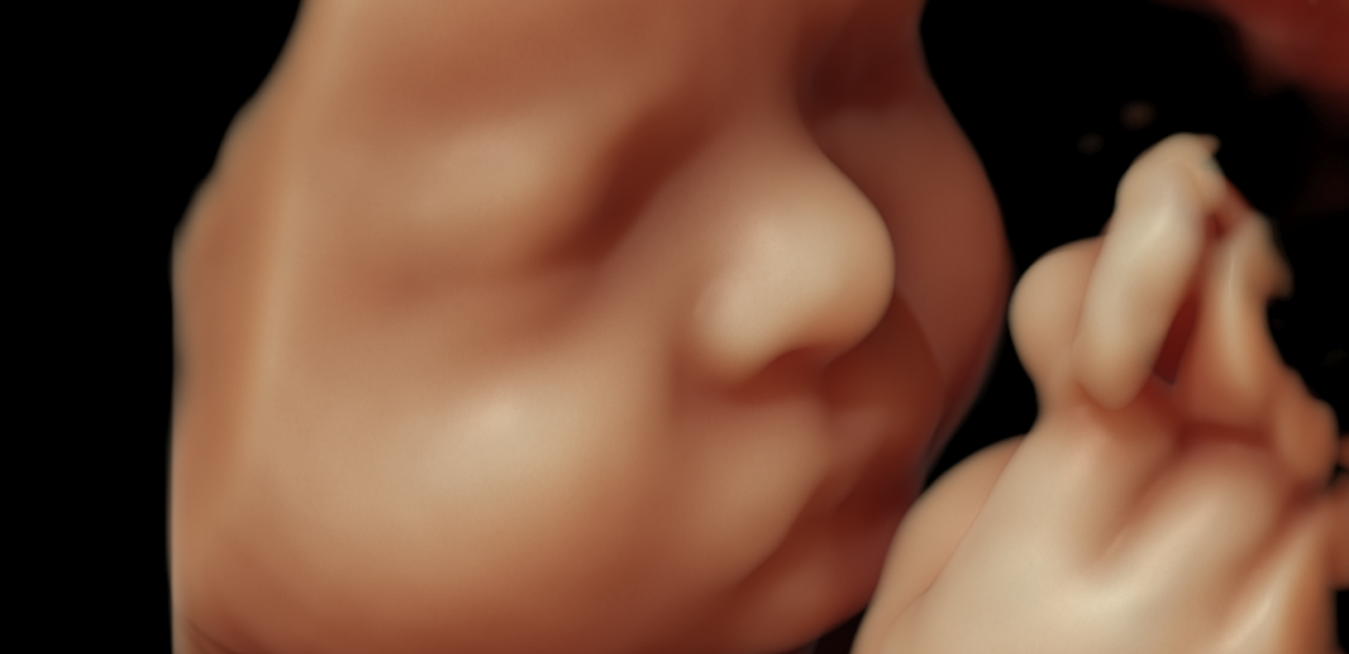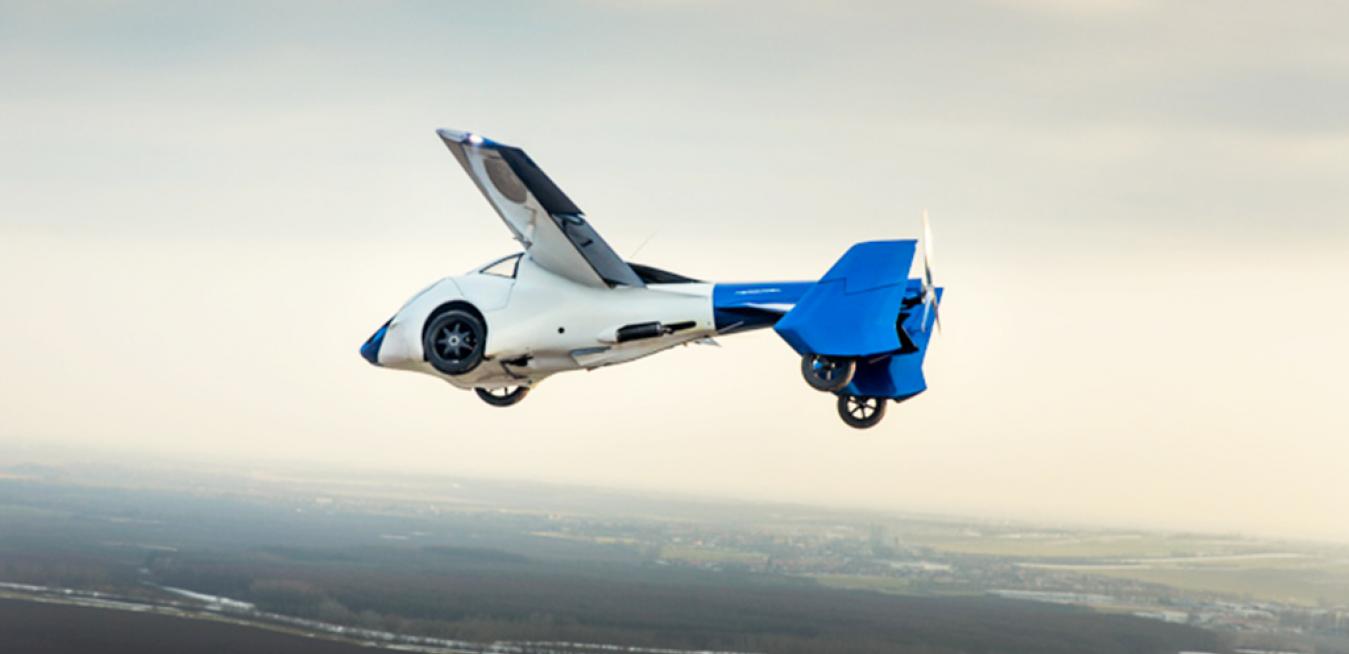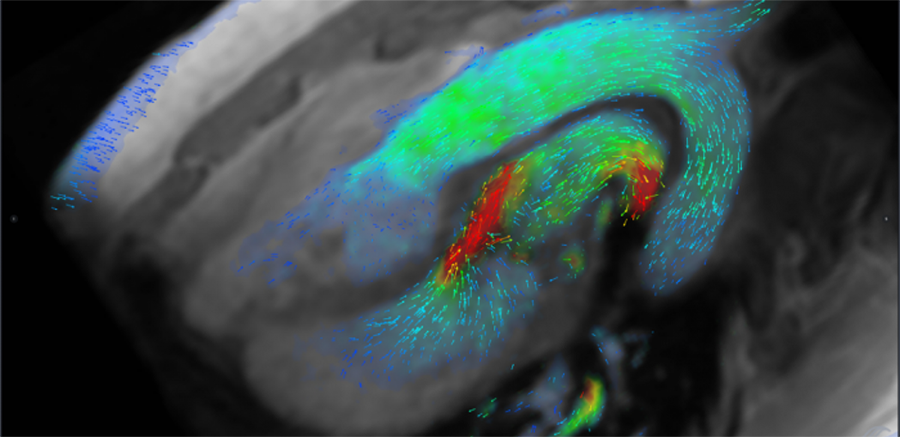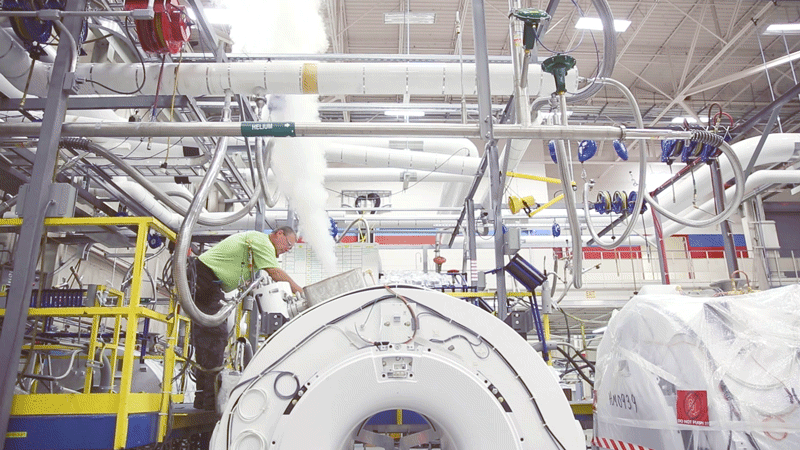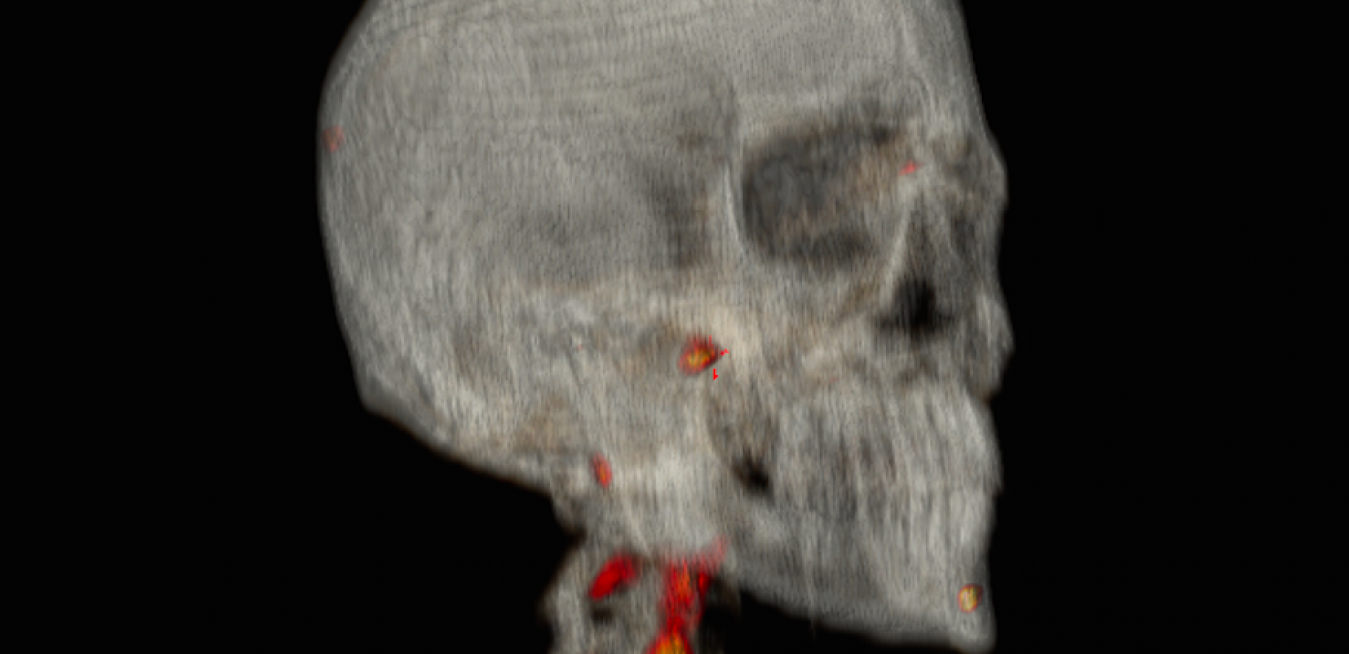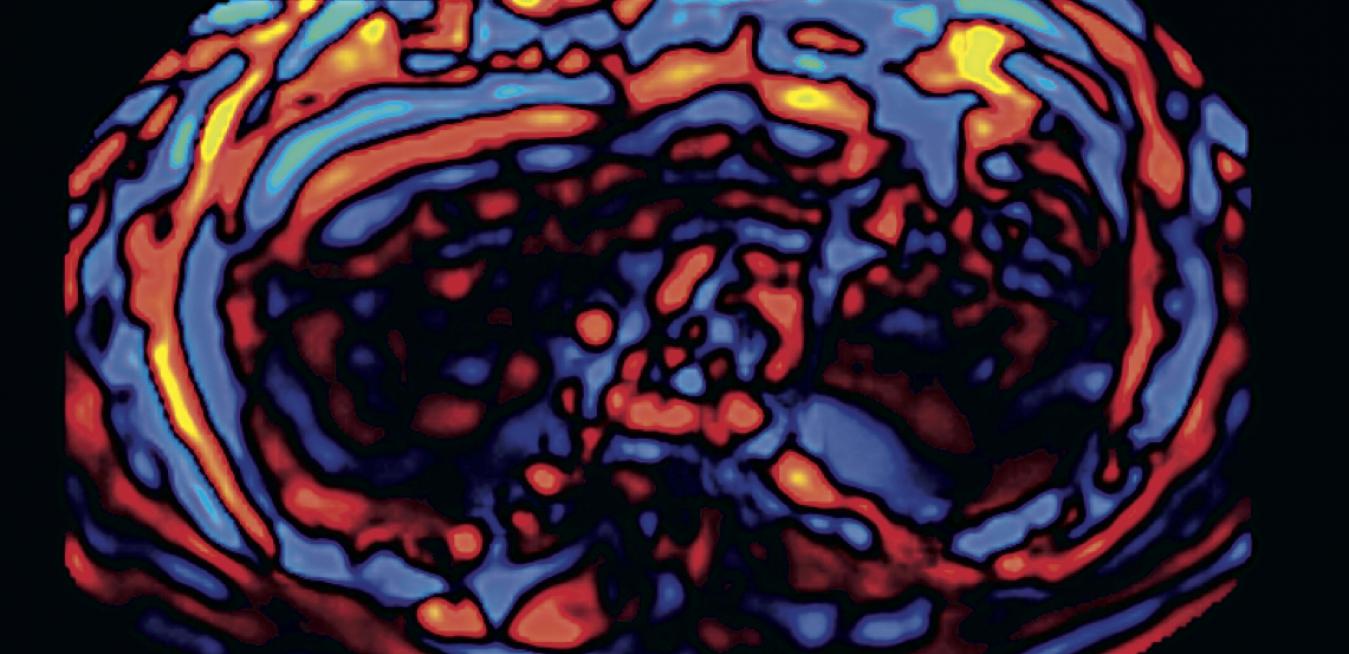The ultrasound technologist scanned the patient’s leg and collected a tiny amount of fluid. The technologist also snapped a photo of the wound with a smartphone and uploaded it to an app.
A Flying Car Arrives At Paris Air Show
[embed width="800"]https://www.youtube.com/watch?v=kzYb68qXpD0[/embed]
Before Albert Hsiao became a radiologist, he didn’t know performing electrical measurements in the cerebellum of rats or learning about neural networks in college would be relevant to caring for patients today. This year, the start-up he helped co-found received FDA-approval for its first Deep Learning product in the cardiac imaging space. Not only can technology like this help tackle the looming doctor shortage, it provides "some hope for us to return to our roots as medical doctors" and "to be better listeners," Hsiao writes.
For millennia, doctors hoping to catch a glimpse of what’s happening inside a patient had very few options aside from cutting the body open. But that changed in 1957, when American electrical engineer Hal Anger invented the gamma camera and doctors were able to see what was going on inside of cells.
